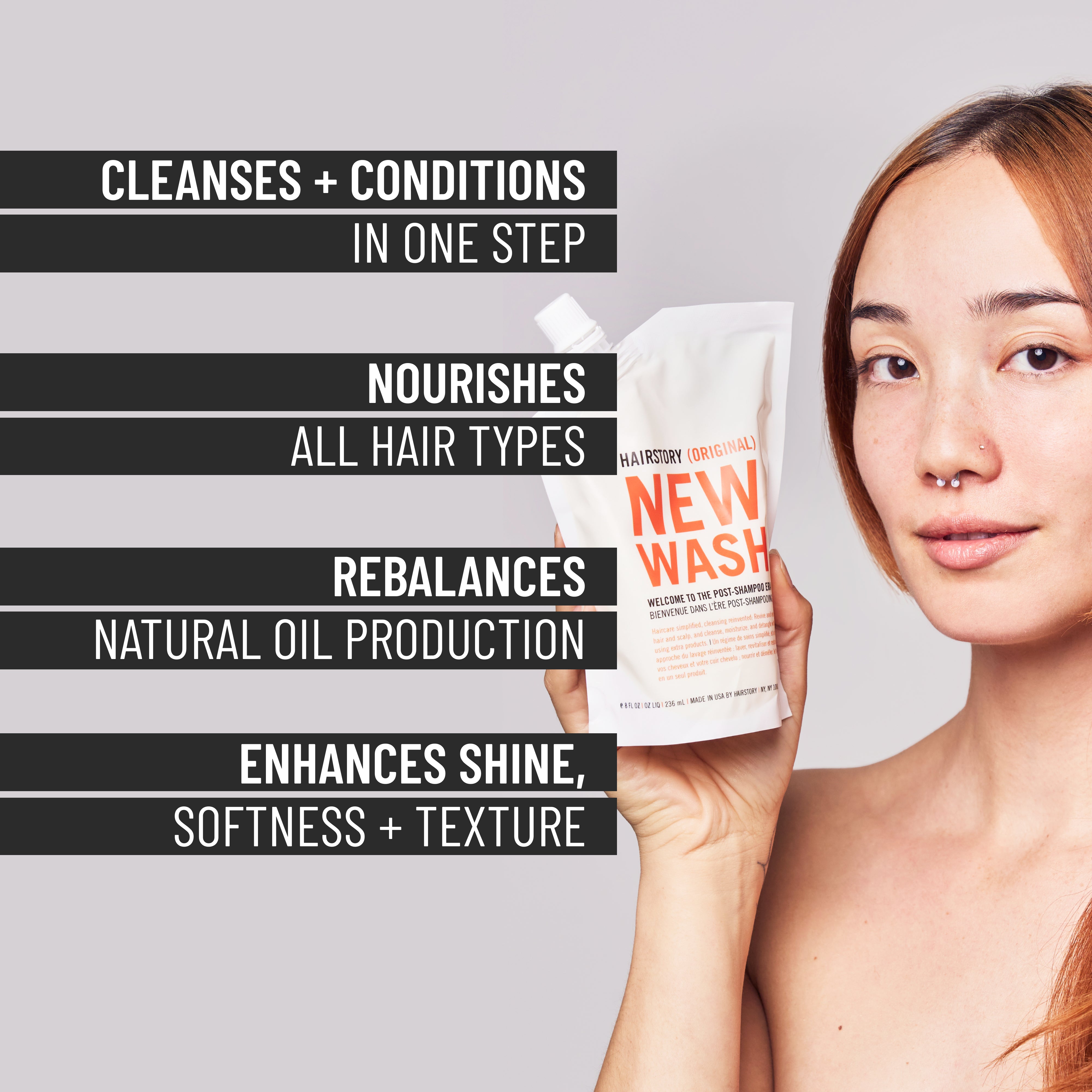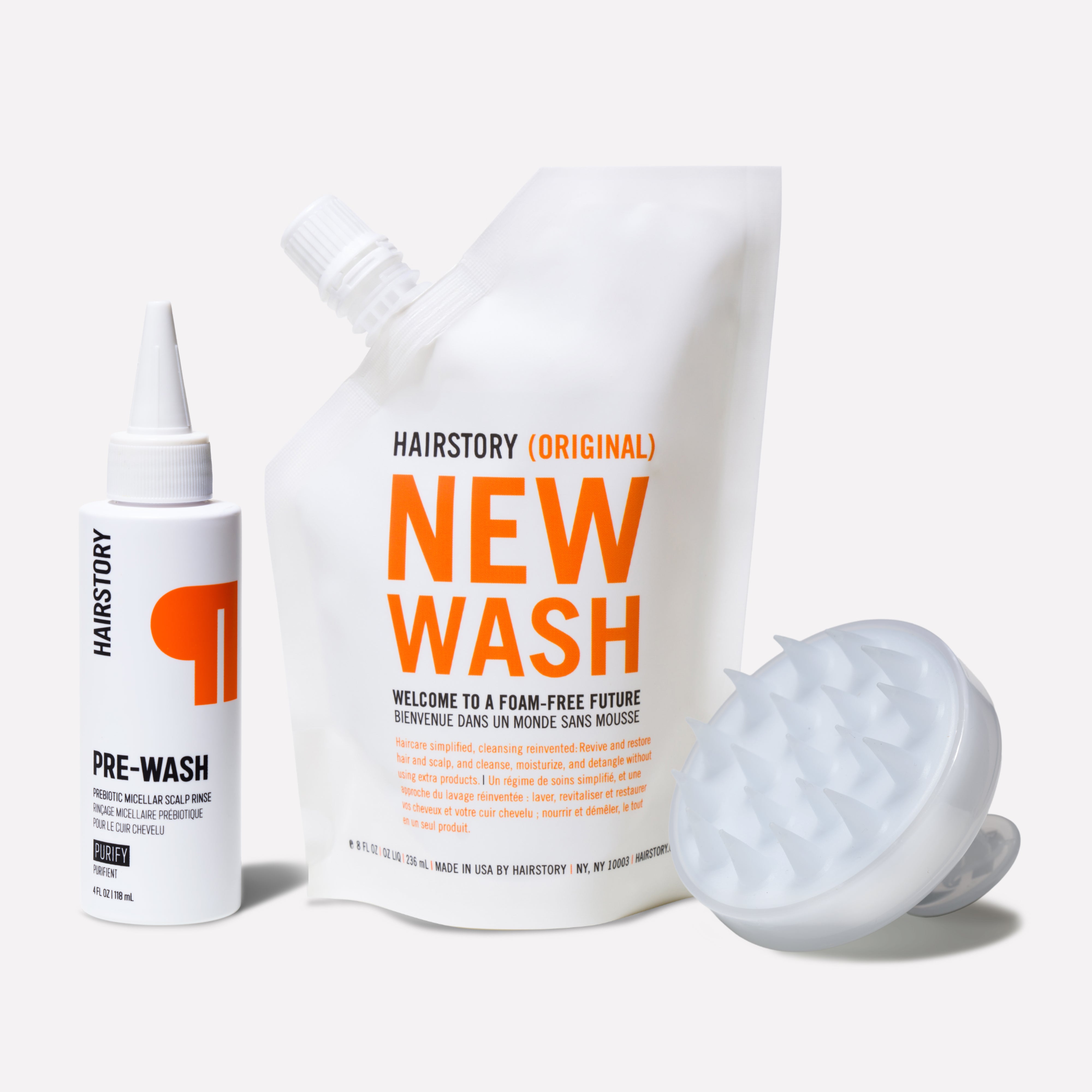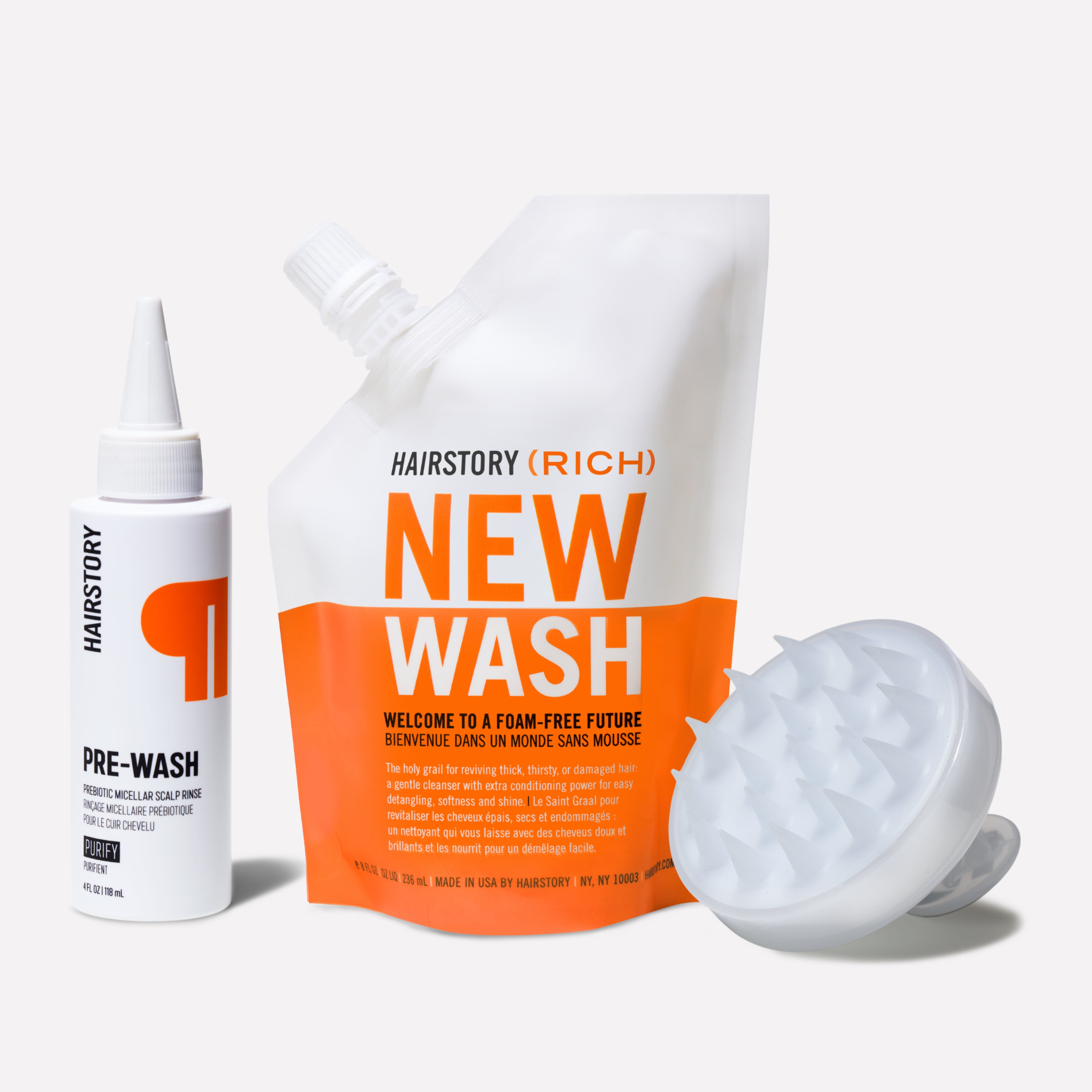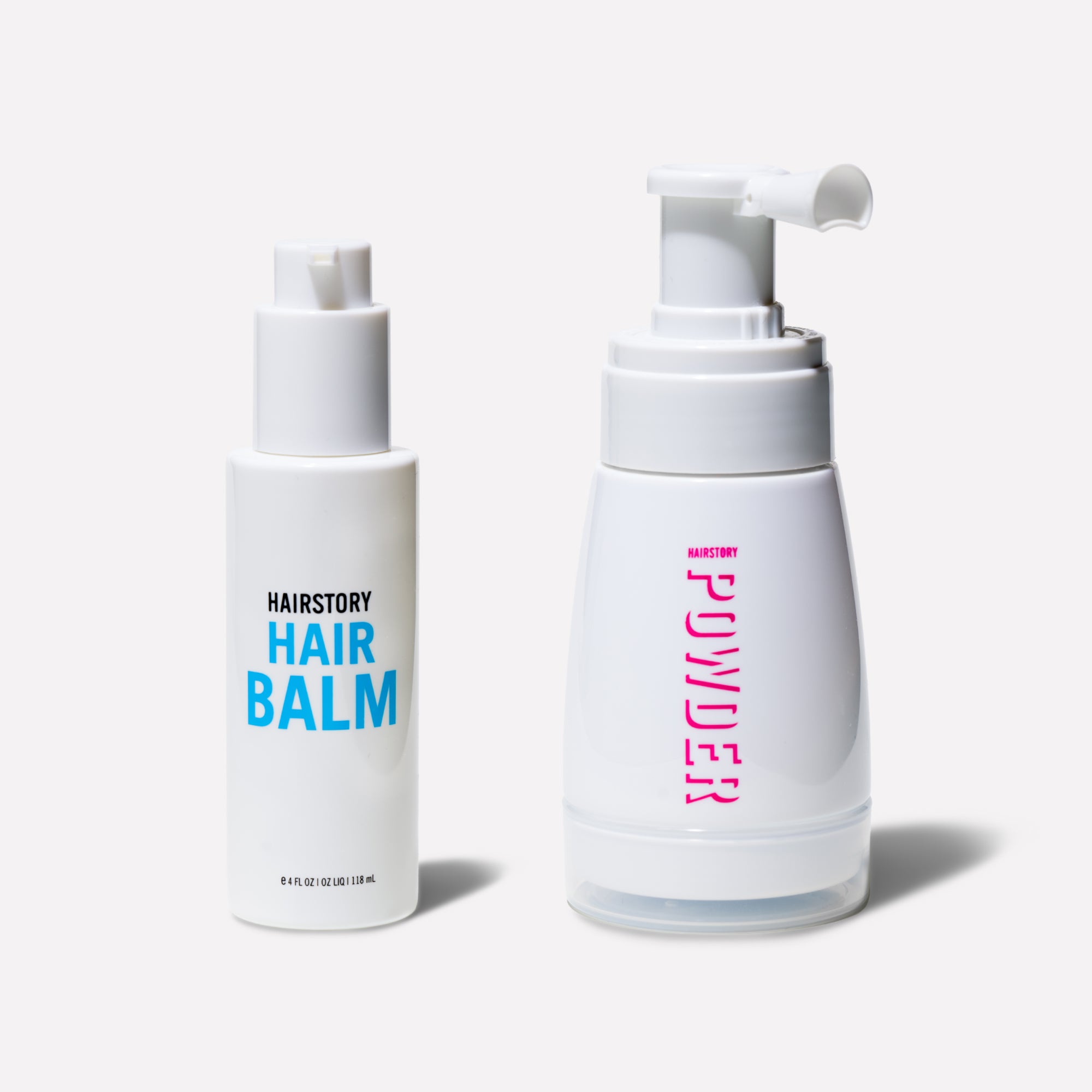If you’ve lightened your mood by lightening your hair, while your natural, darker pigment has been removed, traces of underlying warmth can emerge many a blonde to lose their cool when a yellow-orange tone referred to as brassiness appears.
There are both corrective and preventative measures to keep your hair color looking brilliant and blonde; here is how to say bye-bye to brassy hair with the right hair wash and care.
WHY DOES HAIR COLOR BECOME BRASSY TO BEGIN WITH?
Everybody’s hair has some degree of warmth to begin with. Bleaching – or “lifting” in colorist-speak – doesn’t always erase all the underlying pigment, especially if you were very dark to start with. During the weeks after coloring, your hair can take on unwanted warm tones of yellow-orange, often due to oxidation by sun exposure, chlorine, impurities in the air, or minerals in the water you wash with.
Let’s start with what to do if your hair is already showing signs of brassy tone, and then we’ll fill you in on how to keep it from happening in the future. We consulted with blonde specialist and lifelong blonde Cyd Charisse for her best advice on how to maintain cool tones.
CORRECTING BRASSINESS
All blondes from golden to platinum to ash blonde require some vigilance to maintain, however, the darker your natural hair color is to start with and the lighter you go, the more likely your hair is to show brassy undertone. The easiest fix is in your colorist’s hands: “I ask that my clients come in to see me for a ‘mid-service’ – anywhere from 4 to 6 weeks after the initial service” says Charisse. “I can do a toner if necessary to cool things down, check to see how well natural oils are conditioning the hair, and maybe do an Olaplex treatment to help the color last longer and ensure health and shine.”
Hair toner helps neutralize any unwanted warm tones and can include demi-permanent color (What is demi-permanent hair color?) or glosses, in this case by using a complementary color, usually in the violet-blue range. Olaplex is a product that claims to repair disulfide bonds that bind the protein that hair strands are made up of for structure and strength. These bonds can be compromised by bleaching, and damage can result.
Always consult your colorist about toning if you’re determined to attempt it at home.
If your newly colored hair turns brassy within a week or two after it was done, Charisse recommends that you check your water. “If your hair is also feeling brittle or frizzy, there’s a strong possibility that you are washing with hard water.” This means that your water source has a high mineral content and has percolated through deposits of limestone, chalk, or gypsum which are largely made up of calcium and magnesium carbonates, bicarbonates and sulfates.
If you find your soaps aren’t doing the job and you see white scaling on your glassware or plumbing fixtures, you probably have hard water. There is a simple test you can perform here.
Hard water is damaging to blondes and to color-processed hair in general, and it can accelerate fading and cause blonde to turn orange, yellow, or even green.
She recommends fitting your shower head with a water filter, or at the very least spacing out the frequency of washing your hair.
Your colorist might also send you home with a hair toner to keep your blonde cool over time in the form of a commercial cleanser or conditioner that contains purple pigment. Simply use it every few weeks by allowing it to steep in your hair for about 5 minutes before rinsing. Colorist Julia Elena will often mix custom potions for her clients by blending the appropriate pigments into her favorite cleanser and conditioner-in-one, New Wash.
Charisse is also a New Wash advocate not only because it is highly moisturizing – a must for chemically-processed blonde hair – and doesn’t strip your essential, natural oils that your scalp produces. Because it does not contain detergents which strip the hair, New Wash is also the kindest cleanser for colored hair by not stripping out color in the way traditional shampoo can. Full of essential oils and naturally-derived ingredients, she considers it “a moisturizing treatment every time you wash.”
PREVENTING BRASSINESS
Now that you know what to do after the fact, here are some tips to make sure brassy hair color doesn’t happen in the first place. Keep in mind that the more damaged your hair gets, the more readily it will turn brassy. Make sure you know how to take care of bleached hair so that you can prevent damage and in turn keep brassiness at bay.
Be consistent.
Make sure your relationship with your colorist is solid and take advantage of their expertise. Don’t wait longer than 6 to 8 weeks between appointments so that your hair discolors; popping in for a refresh or toner and giving them the opportunity to see how their work fares will help. “I like to make sure clients have appointments in the book 6 months to a year out so we can stay on top of it,” says Charisse. “Plan ahead if you can.” Learn more on how often you can dye your hair without damaging it.
Protect hair from the sun.
While the sun won’t actually burn your hair, it can “cook” it and damage the cuticle, making your hair dry and frizzy. Sun can also affect your hair color: “UV rays work as a natural bleach,” says Charisse, “so if you’re blonde, protect it with a hat or a hair sunscreen. I always keep a hat in my bag so I can put it on even when I’m walking around the city.”
Protect hair from chlorine and salt water.
Chlorine and salt are nobody’s friend when it comes to hair, but they can wreak havoc on hair color, not to mention the dryness and brittleness they can cause. The best prevention is to simply wear a cap. If one isn’t handy, douse your hair with pure water before you dive in so that chlorinated water isn’t the first to be soaked up. When you’re finished swimming, don’t under any circumstances let pool water dry on its own, as chlorine is nearly impossible to remove at this point. At the very least, rinse with water, or better yet shampoo and condition. If you can, limit swimming to salt-water pools.
Wash hair less frequently.
Water alone, especially when it’s hot can swell the cuticle and provide an opportunity for color to bleed out. Use the gentlest possible shampoo when you do cleanse (another reason to adopt New Wash) and do it no more frequently than every other day. Look into alternative washing methods such as co-washing, popular with curly-haired folks who are often prone to moisture loss.
Use a purple shampoo or conditioner.
We maintain a strong stance against shampoo at Hairstory because of the damage that detergent can cause. However, there are many toning shampoo options available that will deposit a small amount of purple/violet pigment to neutralize yellow/orange hair tones. Alternatively, try violet-tinted conditioners to achieve the same effect.
Know your level of porosity.
The lighter your hair is the more porous it will likely be – and the more your blonde tone will fade because porous hair can’t retain the moisture or color as capably.
Hair – and hair color – is always in some state of flux, especially when chemicals are in the mix. But it’s in your control to a great degree. Just take Cyd Crarisse’s 4 tips for dyed hair to heart:
- Check your water.
- Don’t wash every day.
- Protect your hair from sun, chlorine, and salt.
- Use New Wash to nourish naturally.
“And remember,” she says, “if you have good hair color and you’re keeping up with it, it makes you look good and it makes your colorist look good!”
* * *
Sources:
1. How To Combat The Effects Of Hard Water On Your Skin And Hair. Vogue. URL.
Accessed October 7, 2020.
2. Cydcharisse. Instagram. URL.
Accessed October 7, 2020.
3. Olaplex - how it works. Olaplex. URL.
Accessed October 7, 2020.
4. How to Determine if You Have Hard Water. WikiHow. URL.
Accessed October 7, 2020.
5. Colorbyjulz. Instagram. URL.
Accessed October 7, 2020.

















































